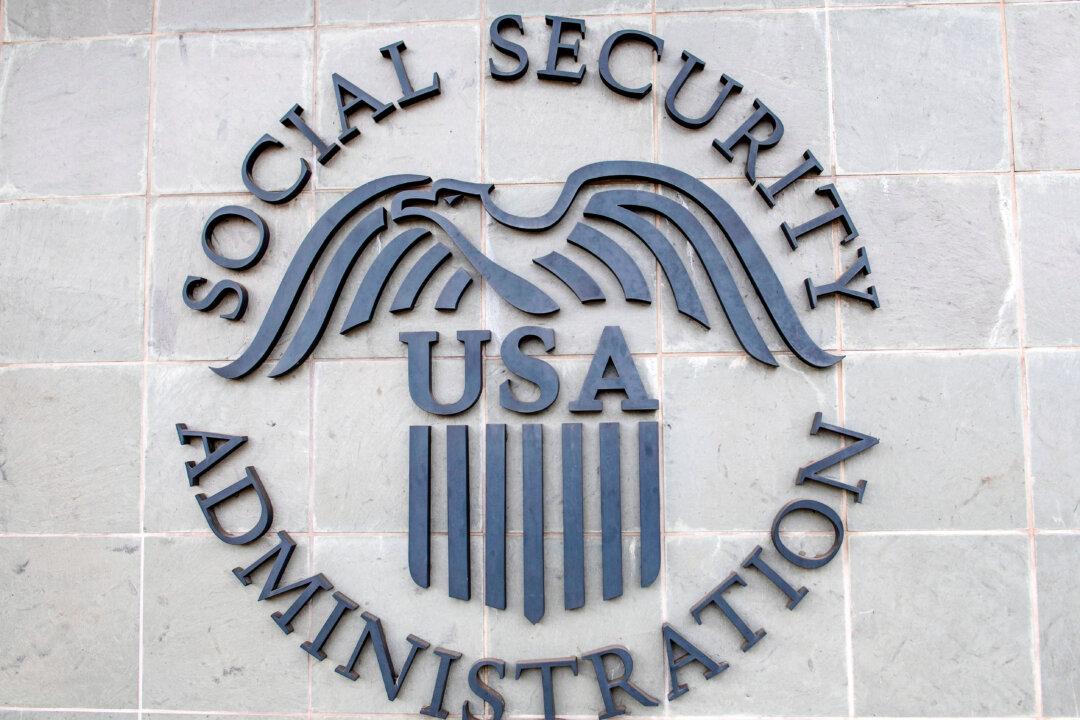The Social Security Administration (SSA) announced on Oct. 10 that Social Security benefits and supplemental security income (SSI) payments will increase by 2.5 percent in 2025.
Nearly 68 million Social Security beneficiaries will see an increase in their payments beginning in January 2025, while approximately 7.5 million SSI recipients will receive higher payments starting Dec. 31, 2024. Some individuals receive both Social Security and SSI benefits.
In 2024, the adjustment was 3.2 percent, but beneficiaries received the largest increases in four decades in 2023, with an 8.7 percent rise, and in 2022, when benefits were boosted by 5.9 percent.
Over the past decade, the COLA has averaged about 2.6 percent.
“Social Security benefits and SSI payments will increase in 2025, helping tens of millions of people keep up with expenses even as inflation has started to cool,” Commissioner of Social Security Martin O'Malley said in the statement.
The 2.5 percent COLA reflects the rise in the consumer price index for urban wage earners and clerical workers (CPI-W) from the third quarter of 2023 through the third quarter of 2024, according to the SSA.
In addition to the COLA, the SSA announced adjustments to the maximum amount of earnings subject to Social Security tax.
The maximum taxable earnings will rise from $168,600 to $176,100 in 2025, based on increases in average wages, a fact sheet released alongside the announcement said.
Beneficiaries will begin receiving notices about their new benefit amounts by mail starting in early December.
The SSA said recipients will get a redesigned COLA notice this year aimed at making it easier for recipients to find essential information. The simplified, one-page notice uses plain language and provides exact dates and dollar amounts of the new benefit and any deductions.
Those who have not opted to receive online messages will receive their COLA notices by mail in December. The annual COLA is mandated by the Social Security Act, which ties the adjustment to the CPI-W as determined by the Department of Labor’s Bureau of Labor Statistics, according to the SSA’s statement.







